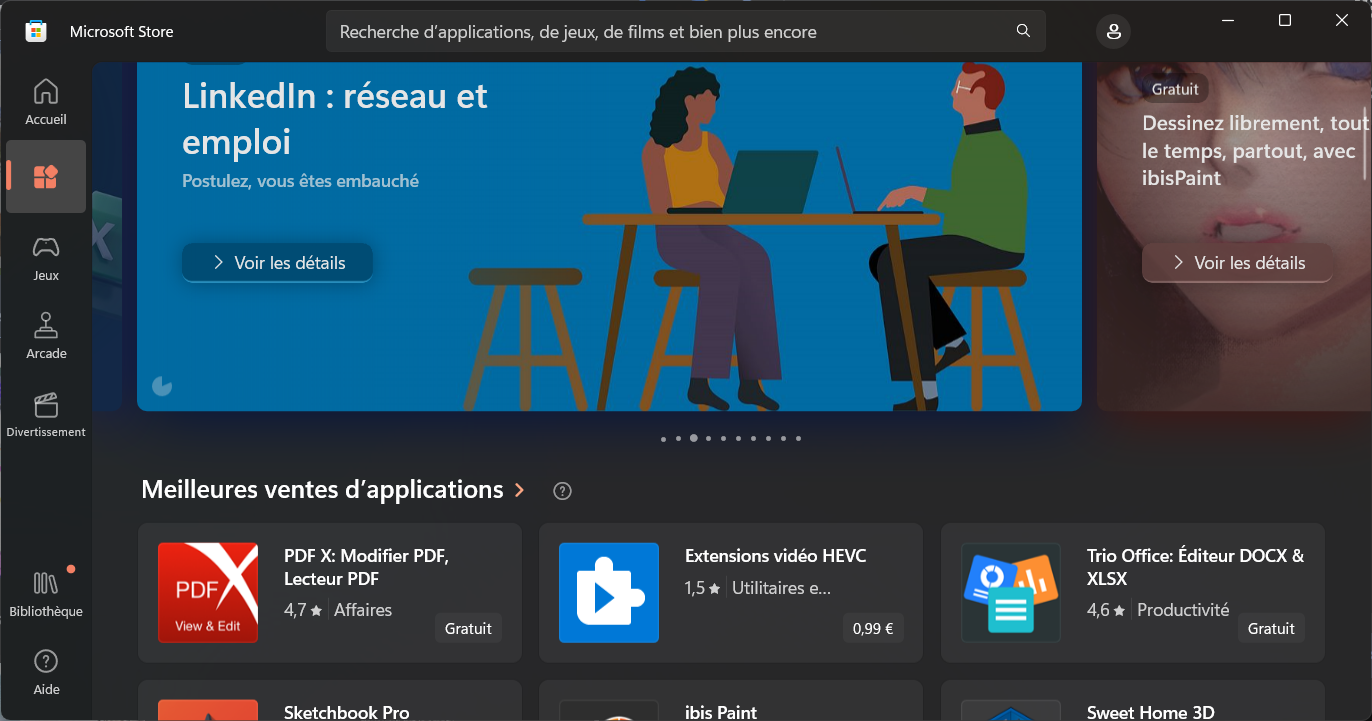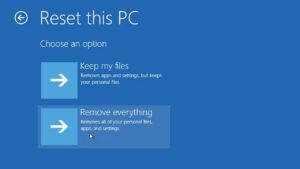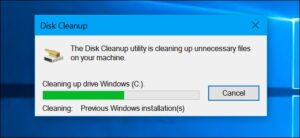In the realm of Windows application distribution and installation, understanding the nuances of file formats is crucial. One such format, the APPX file, plays a significant role in packaging applications for deployment on the Microsoft Windows Store. In this guide, we delve into the intricacies of APPX files, exploring their composition, utility, and creation methods.
What is an APPX File?
An APPX file serves as a distributable package format designed specifically for the deployment and installation of applications on Windows systems.
Initially introduced alongside Windows 8, these files encapsulate all the essential components required for installing a Windows application, encompassing metadata, necessary files, and authentication credentials.
While originally prominent, the APPX format has seen a transition to the more modern MSIX format, which offers enhanced features and capabilities.
Understanding the APPX File Format:
APPX files are structured as compressed archives, utilizing the ZIP format to condense the package into a manageable size. This compression facilitates seamless distribution via the Microsoft Store, ensuring swift and efficient downloads for end-users.
Viewing Files within an APPX:
To inspect the contents of an APPX file, a simple process is employed:
- By renaming the file extension to ‘.zip’, users can unlock its contents and utilize standard decompression tools such as 7-Zip, WinZip, or WinRAR to extract the enclosed files.
This straightforward procedure enables developers and users alike to explore the inner workings of an application package.
Creating APPX Files:
The creation of APPX files can be achieved through two primary methods:
- The first involves utilizing MakeApp.exe, a tool bundled within the Windows 10 SDK, capable of generating both application packages and package files.
- Alternatively, developers often opt for Microsoft Visual Studio, leveraging its intuitive interface to streamline the creation and publication of APPX packages upon completing application development.
Read more:
- https://learn.microsoft.com/en-gb/windows/win32/appxpkg/appx-portal
- https://learn.microsoft.com/en-us/windows/msix/app-installer/troubleshoot-appinstaller-issues

Founder of ToolsLib, Designer, Web and Cybersecurity Expert.
Passionate about software development and crafting elegant, user-friendly designs.
Stay Updated with ToolsLib! 🚀
Join our community to receive the latest cybersecurity tips, software updates, and exclusive insights straight to your inbox!











